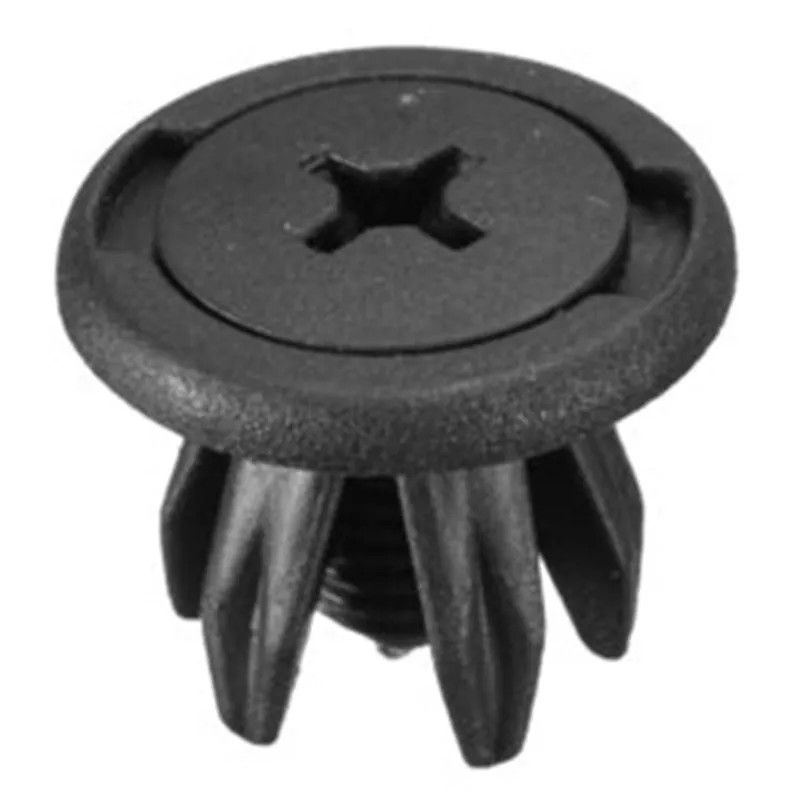Intestinalworm
Well-Known Member
- Posts
- 712
- Location
- Australia
2003 Discovery 2 Td5
I have a new carbon brushbox for my alternator that I want to install. I also want to fully drain my coolant, flush, and then fill with new OAT coolant and distilled water: OAT concentrate to DW = 50:50.
Now I understand there is a threaded plug behind the alternator so that you can drain coolant out of the engine at the lowest point?
Is it correct then that if I remove this threaded plug then I can drain out all the coolant in the engine - c.13L???
If instead I only drain coolant via the 13mm drain plug under the radiator (have to remove the two underbody plastic shields first) then only 8L of coolant will drain out (you don't drain out coolant in the lower part of the engine block - a further 5L)?
If I do remove the threaded plug behind the alternator, does it have a replaceable washer or do I use blue thread sealer when putting it back in?
Am I missing anything here?
Thanks for any help on this one.
I have a new carbon brushbox for my alternator that I want to install. I also want to fully drain my coolant, flush, and then fill with new OAT coolant and distilled water: OAT concentrate to DW = 50:50.
Now I understand there is a threaded plug behind the alternator so that you can drain coolant out of the engine at the lowest point?
Is it correct then that if I remove this threaded plug then I can drain out all the coolant in the engine - c.13L???
If instead I only drain coolant via the 13mm drain plug under the radiator (have to remove the two underbody plastic shields first) then only 8L of coolant will drain out (you don't drain out coolant in the lower part of the engine block - a further 5L)?
If I do remove the threaded plug behind the alternator, does it have a replaceable washer or do I use blue thread sealer when putting it back in?
Am I missing anything here?
Thanks for any help on this one.
Last edited:

